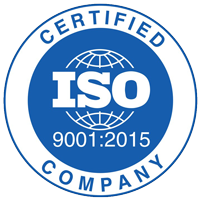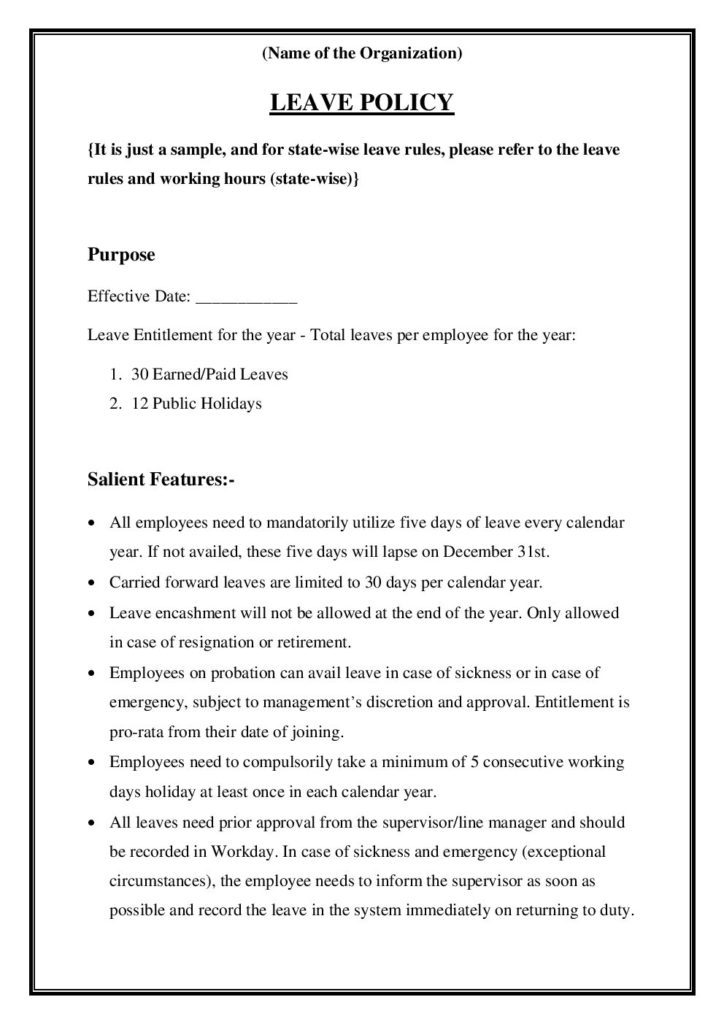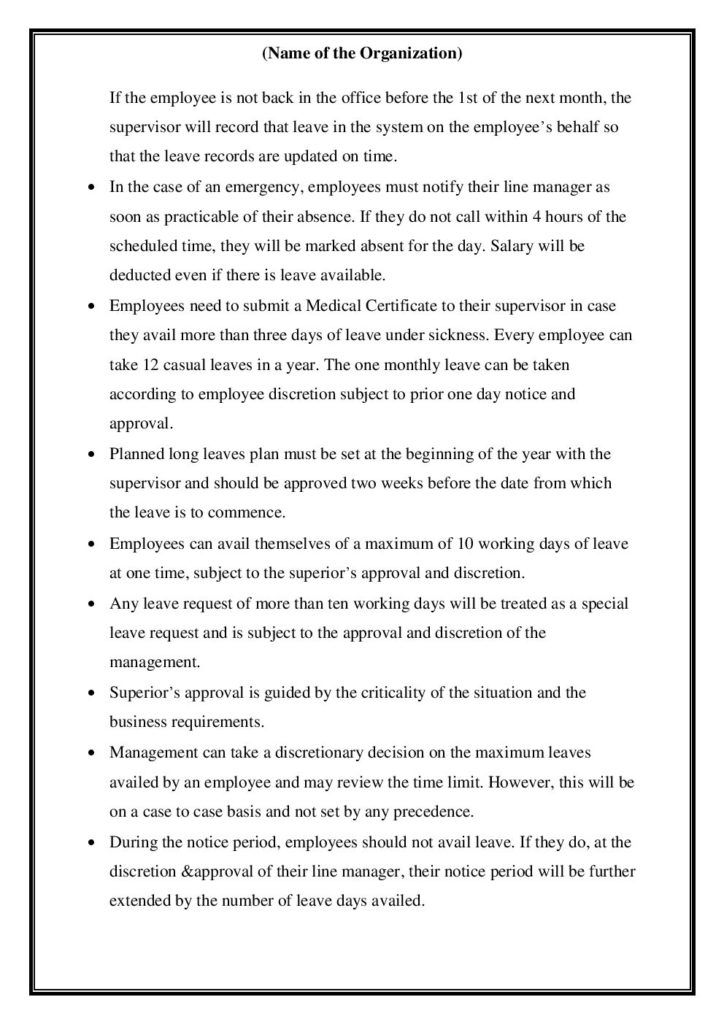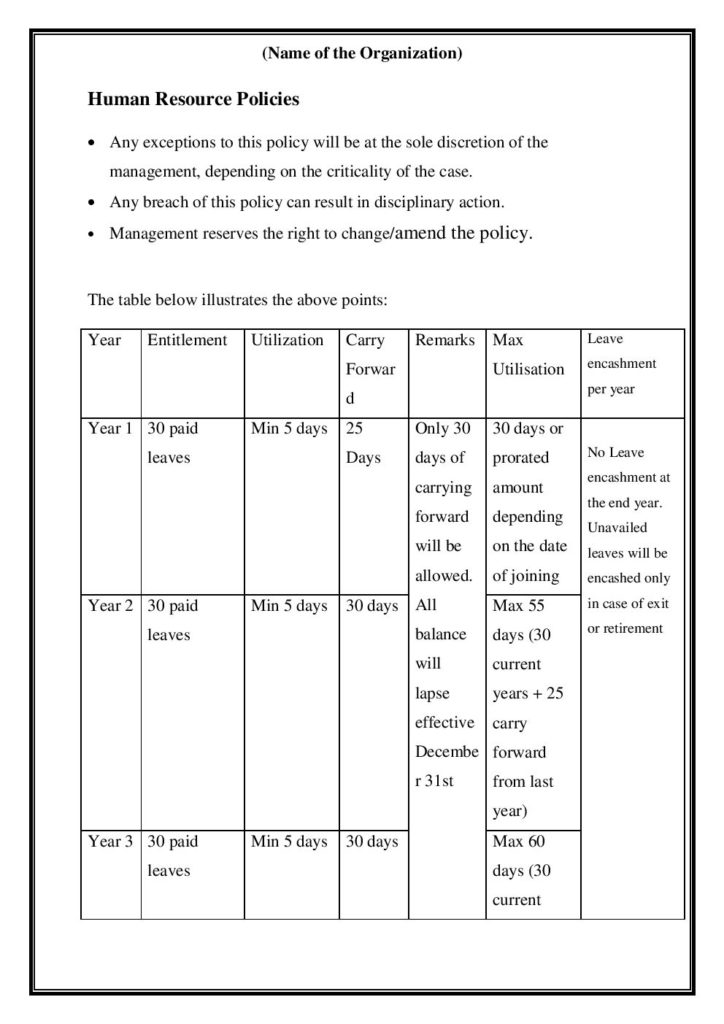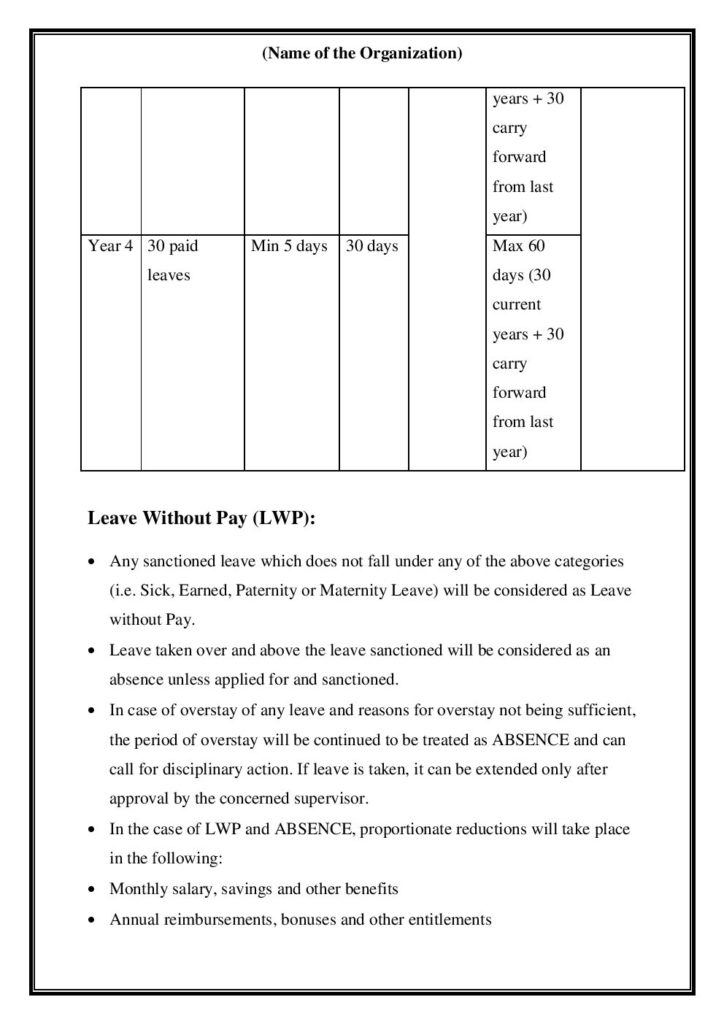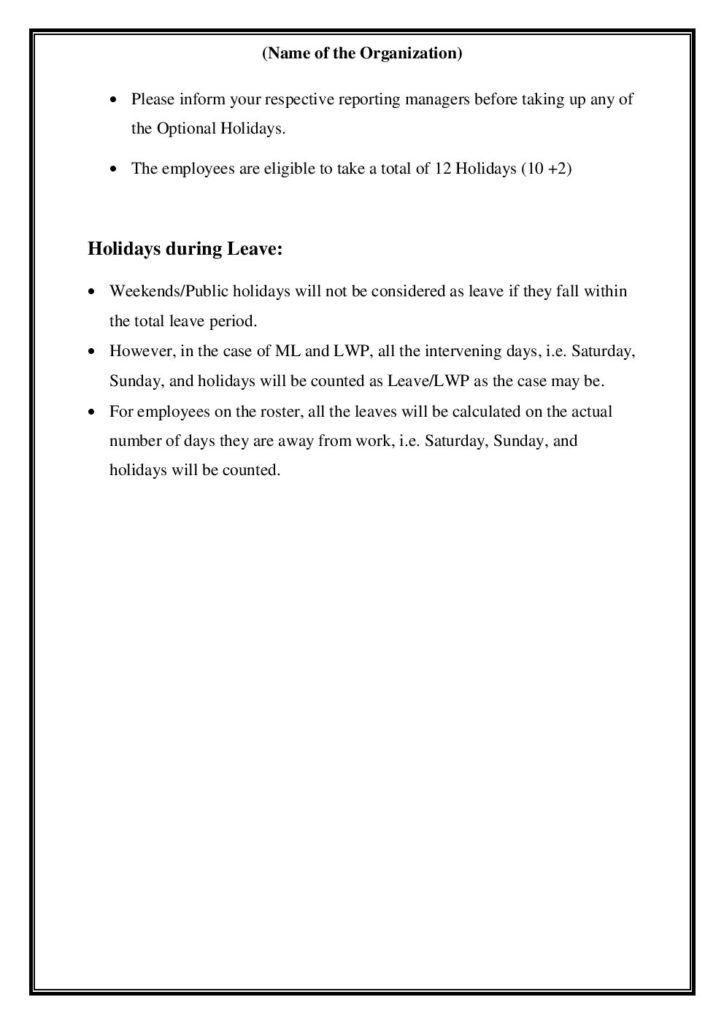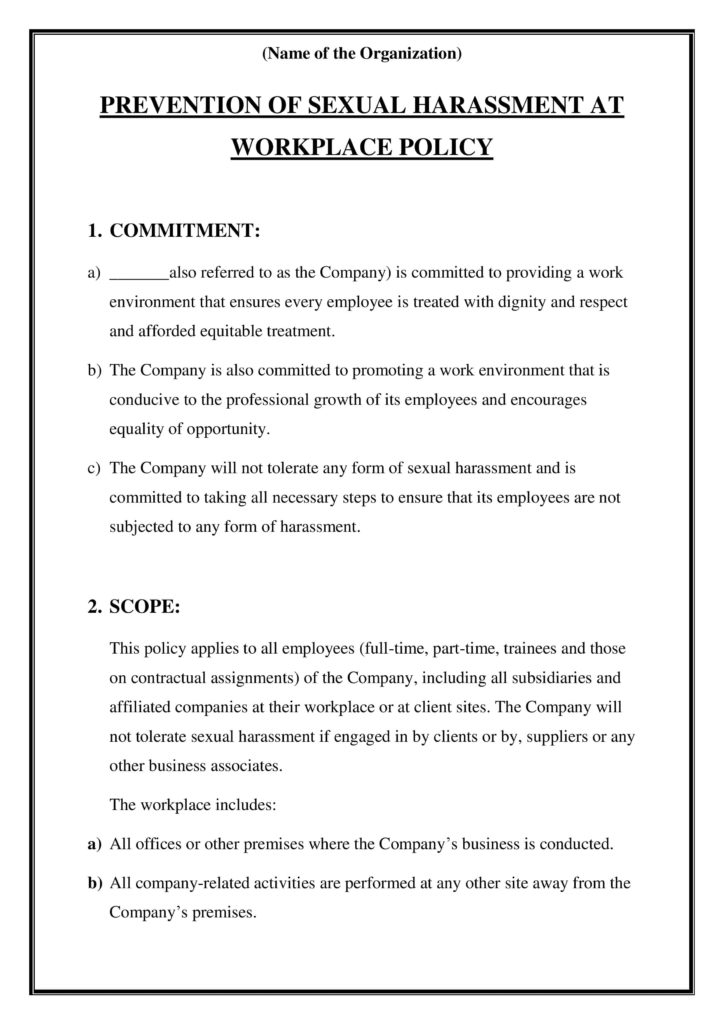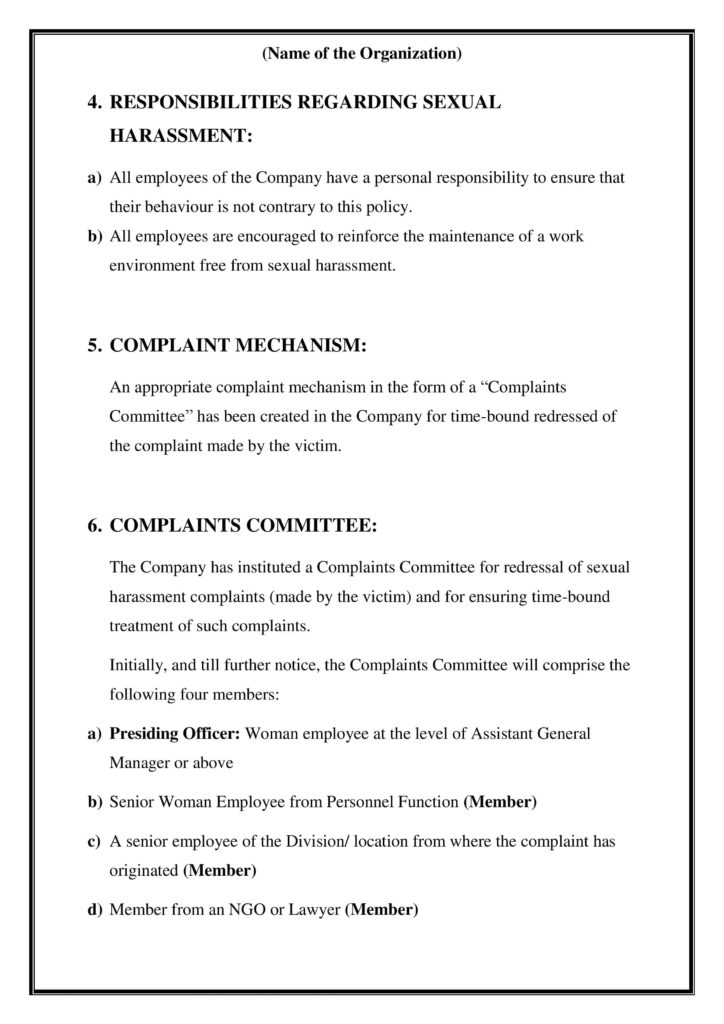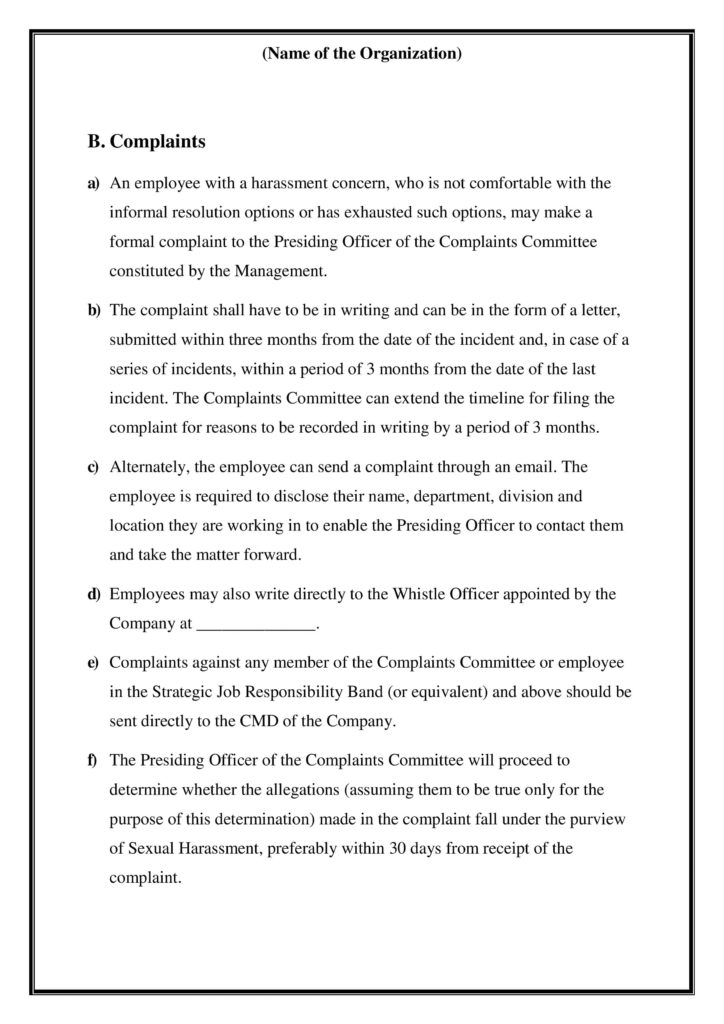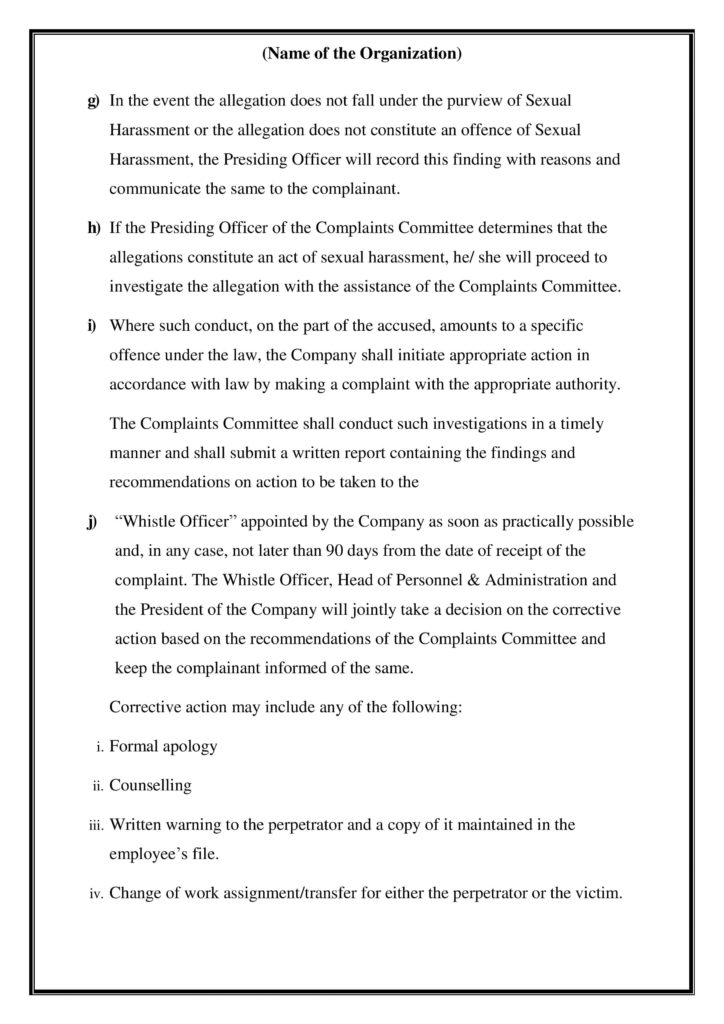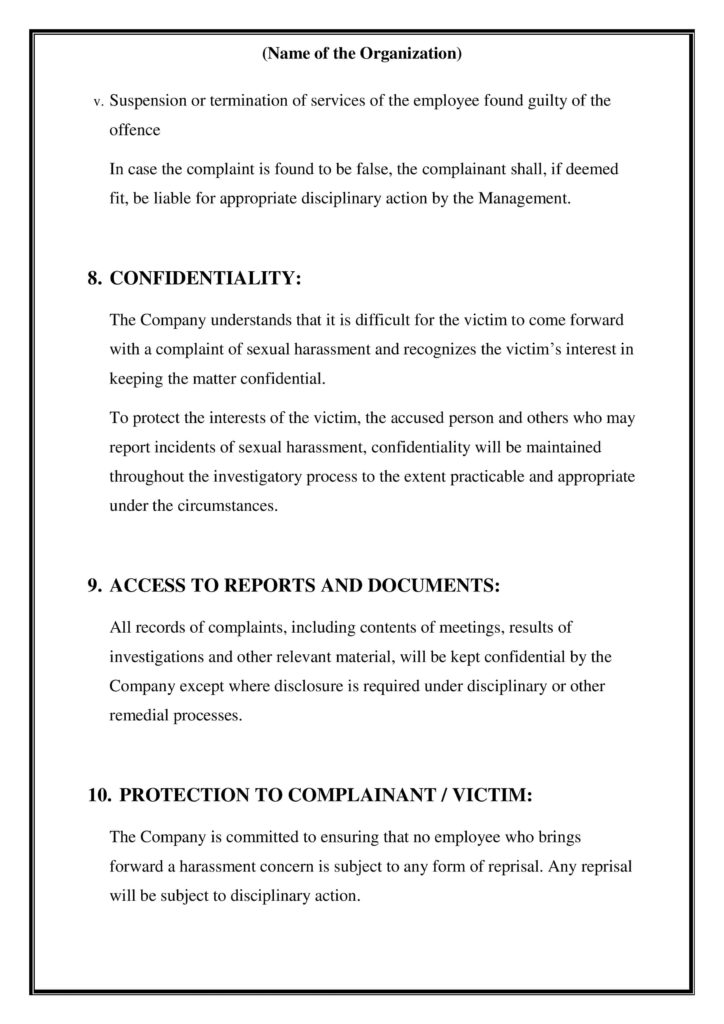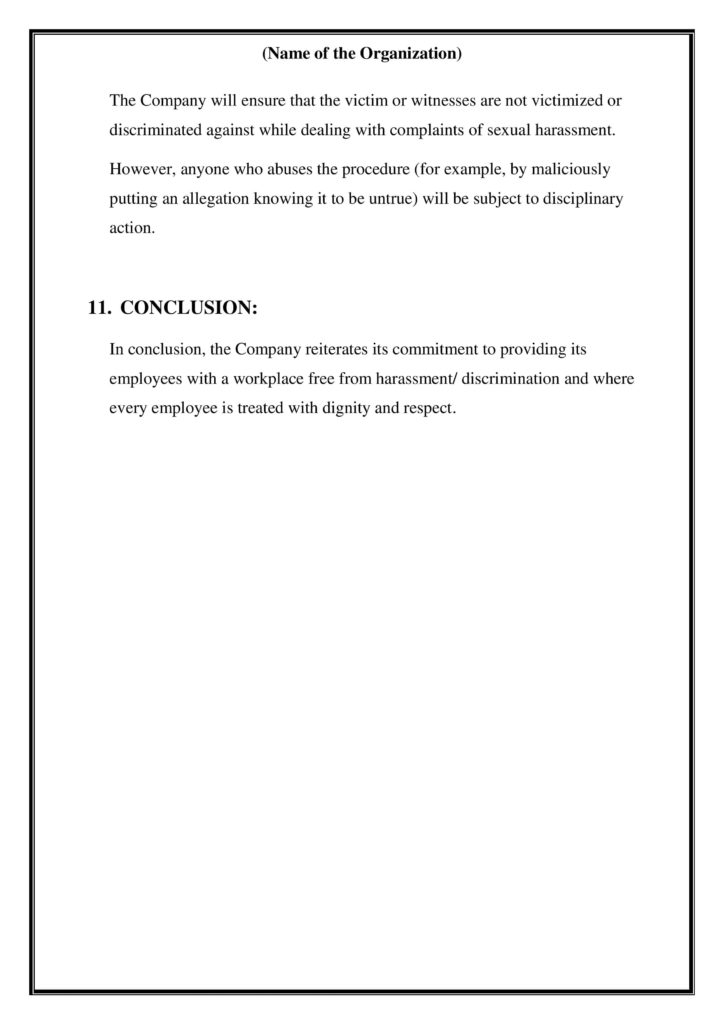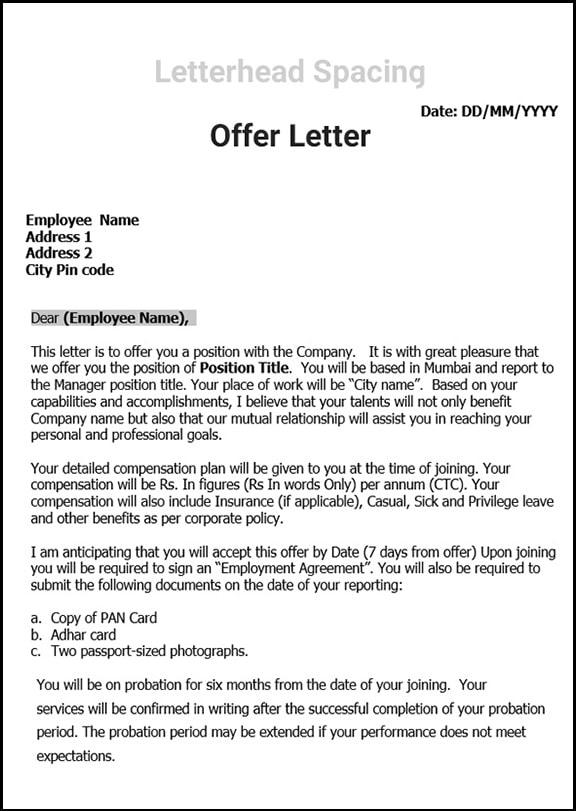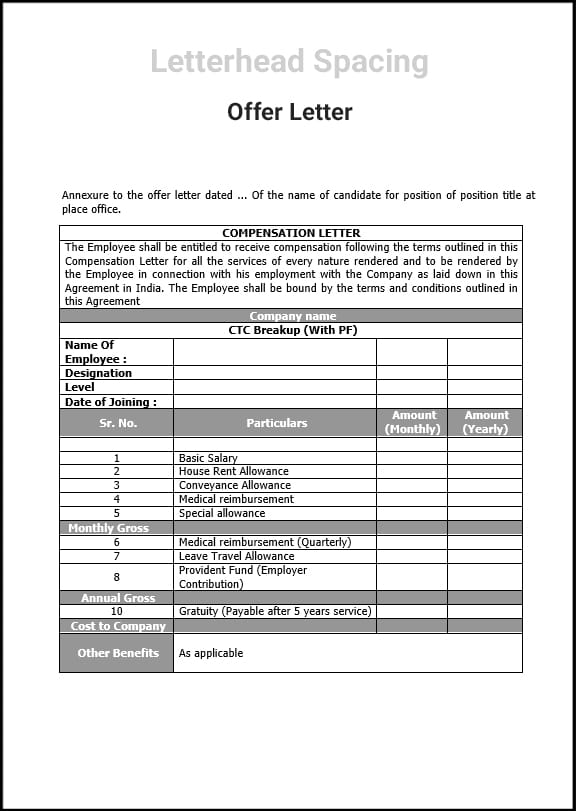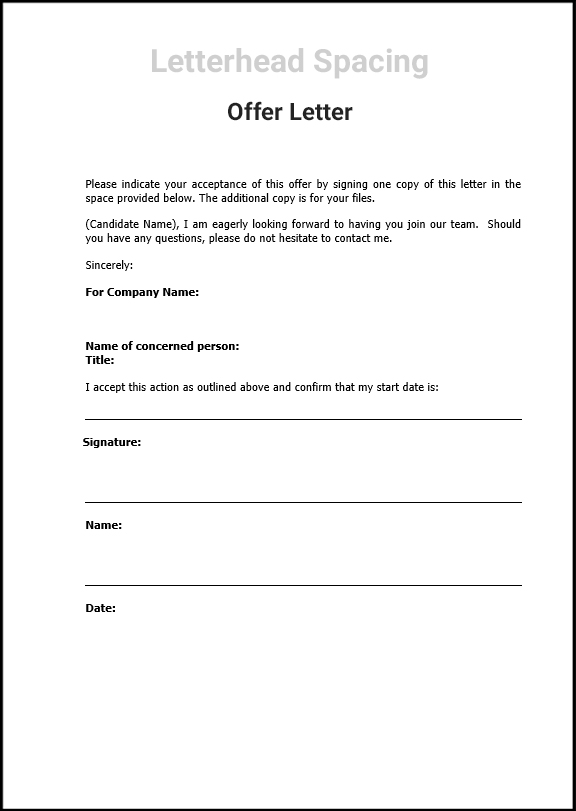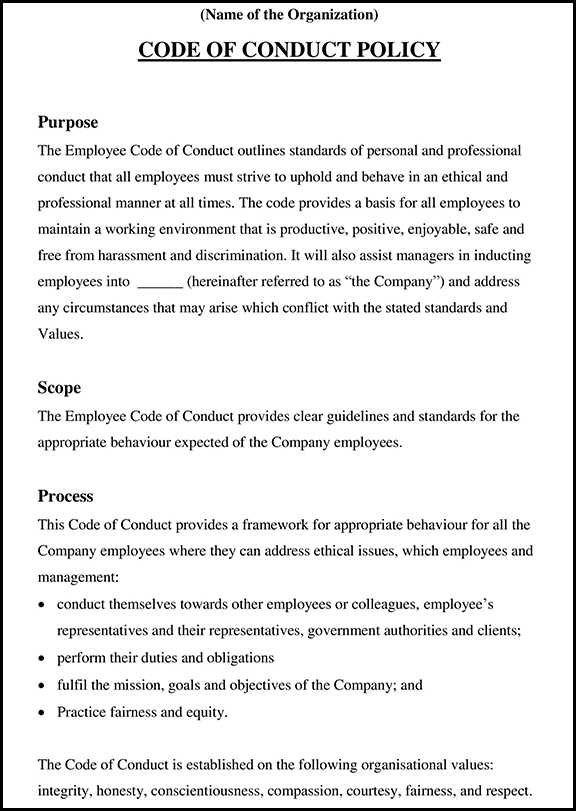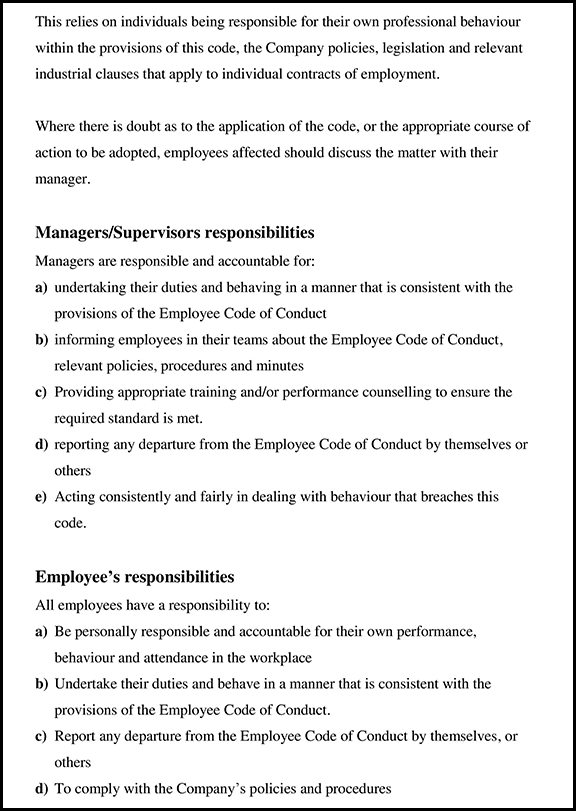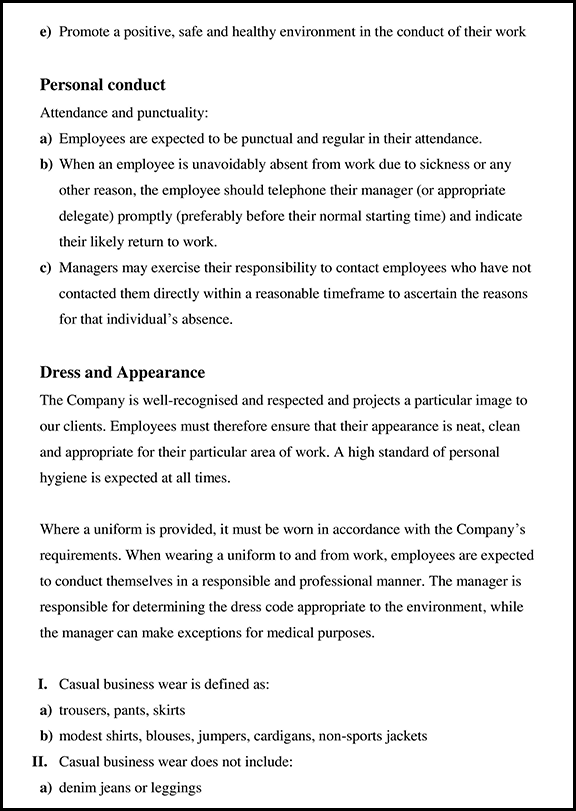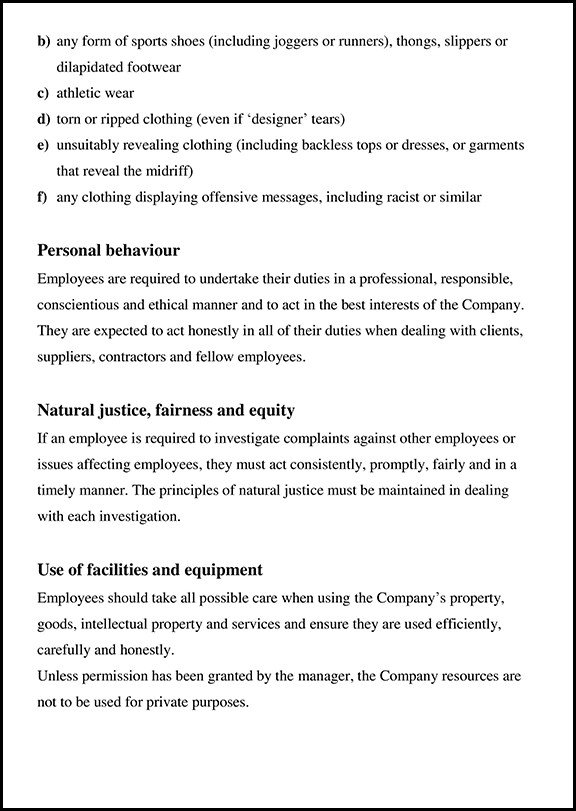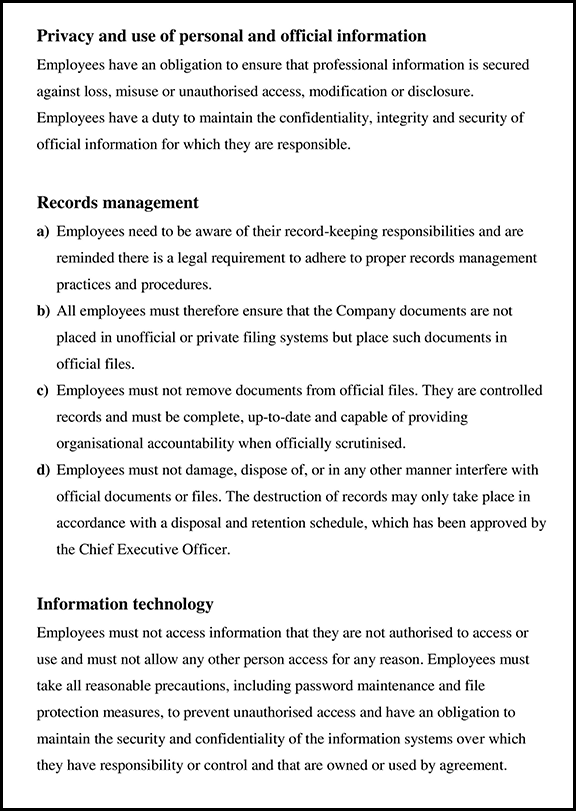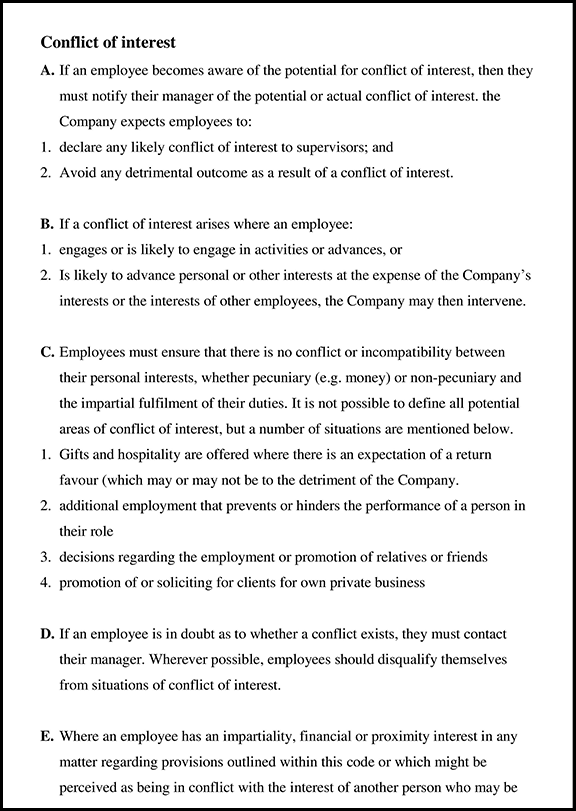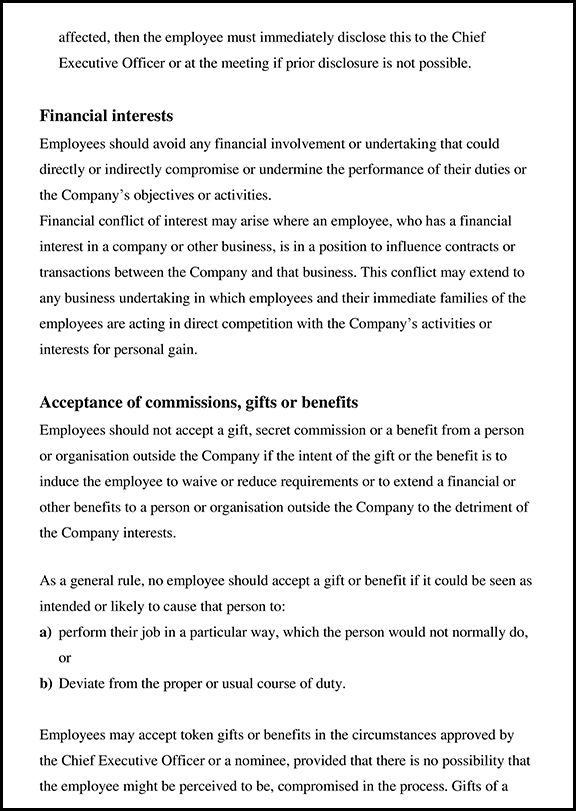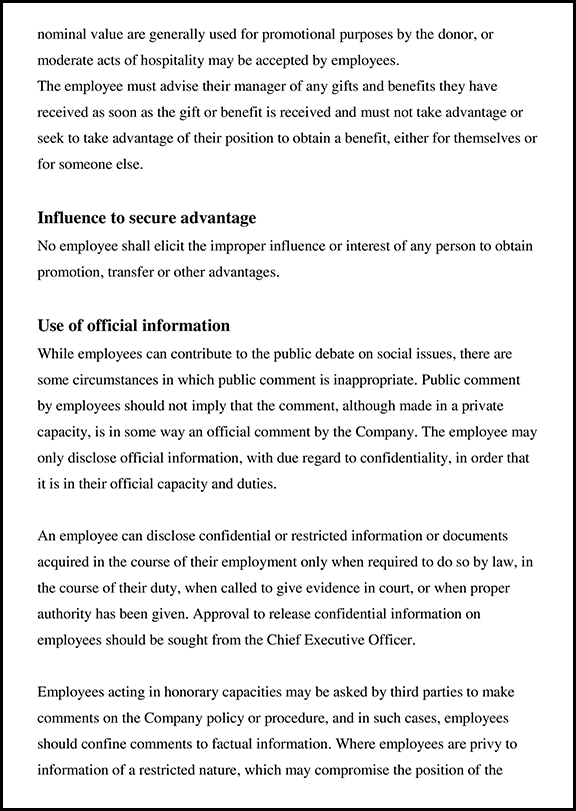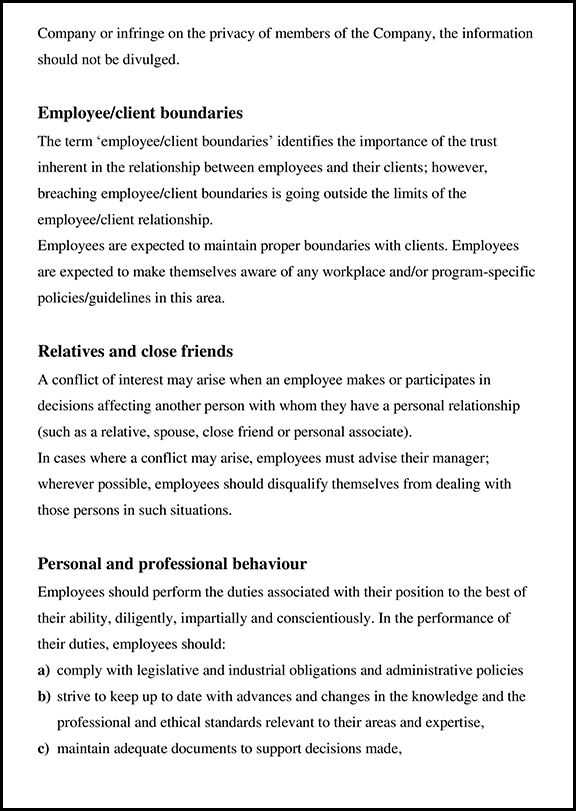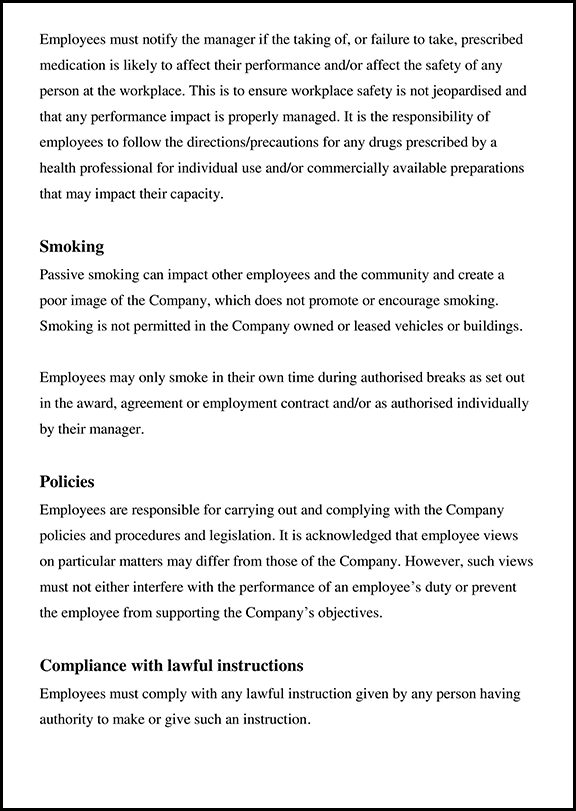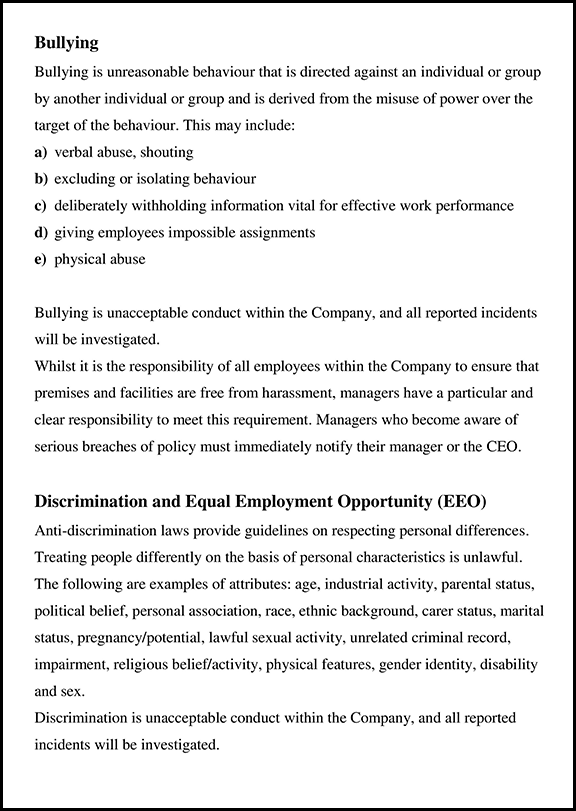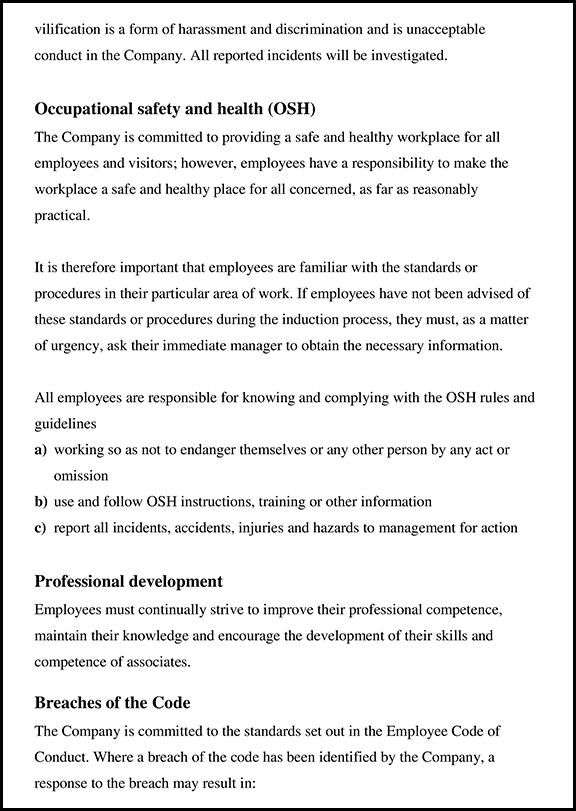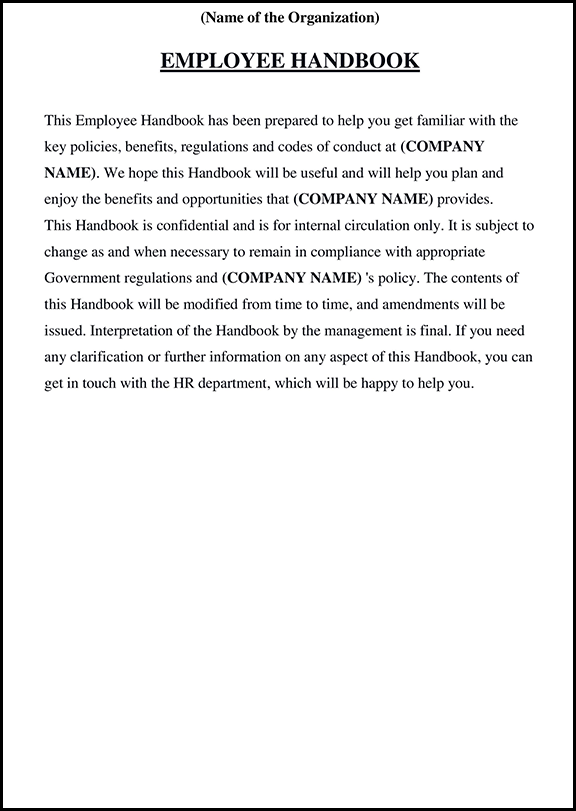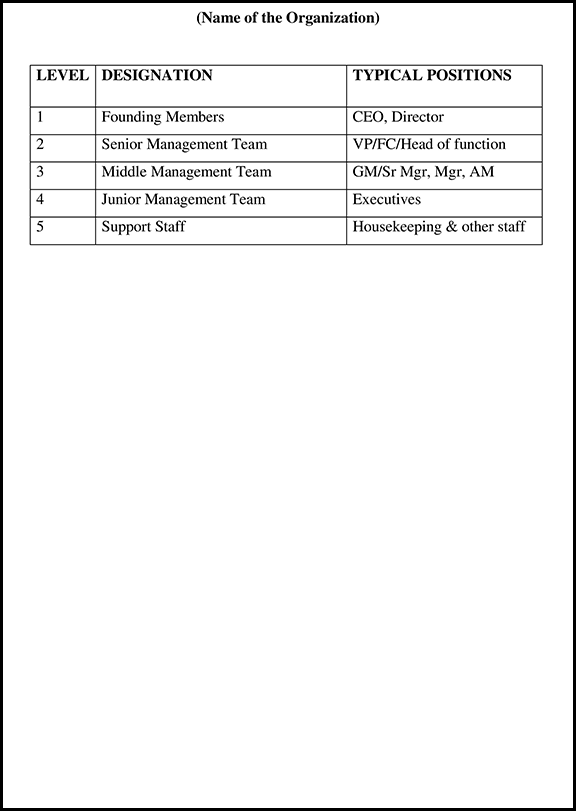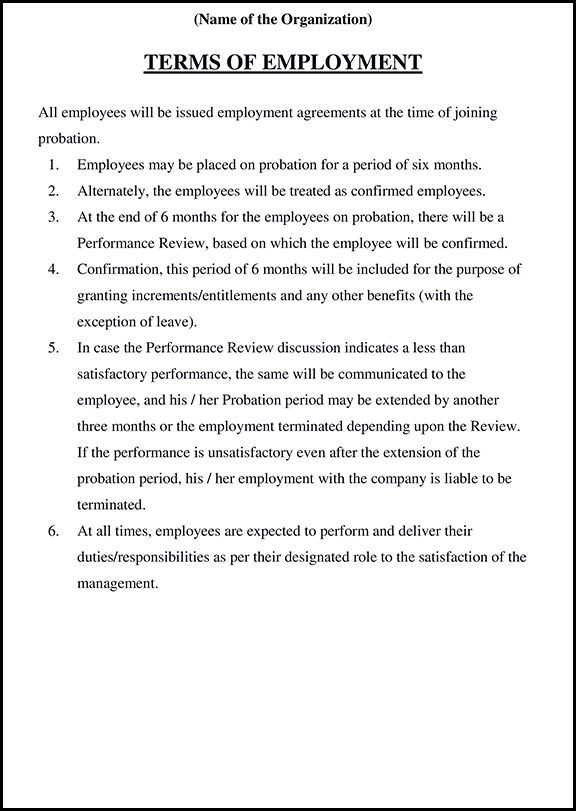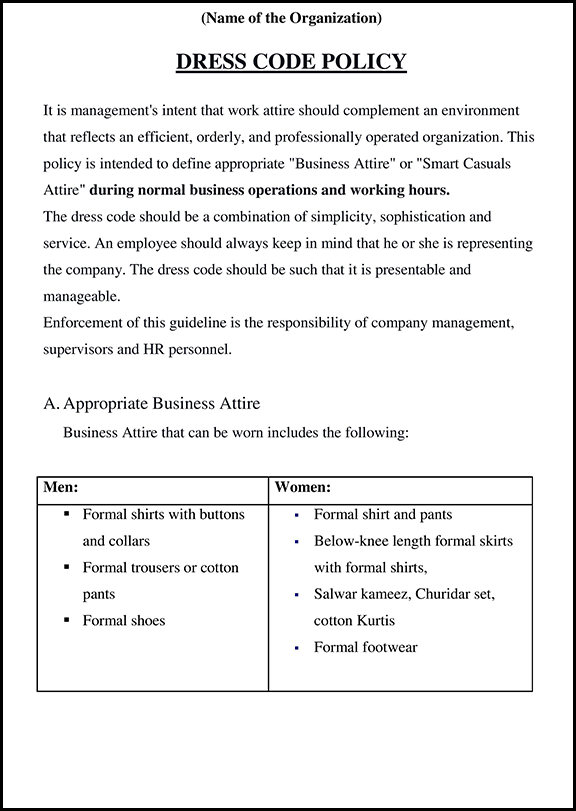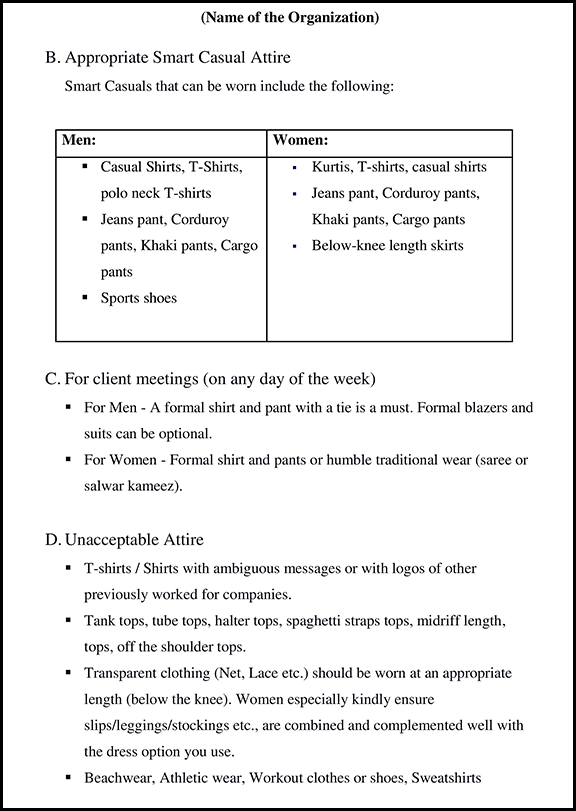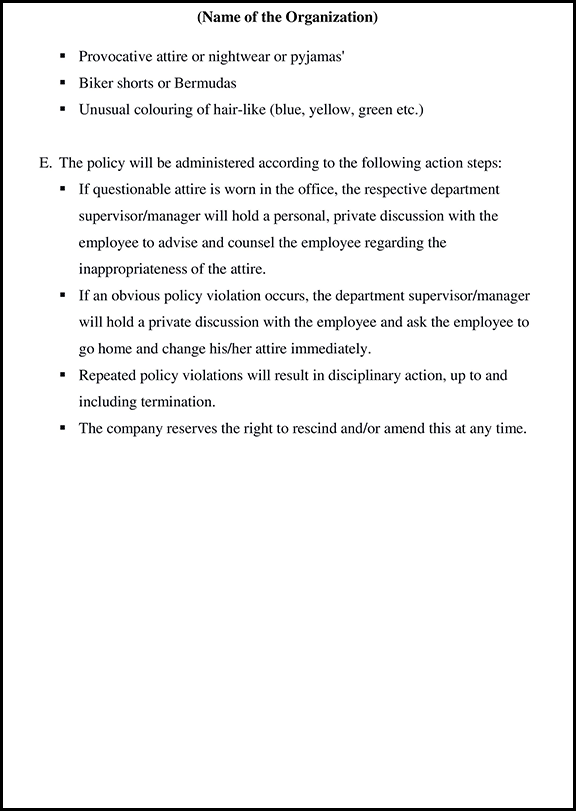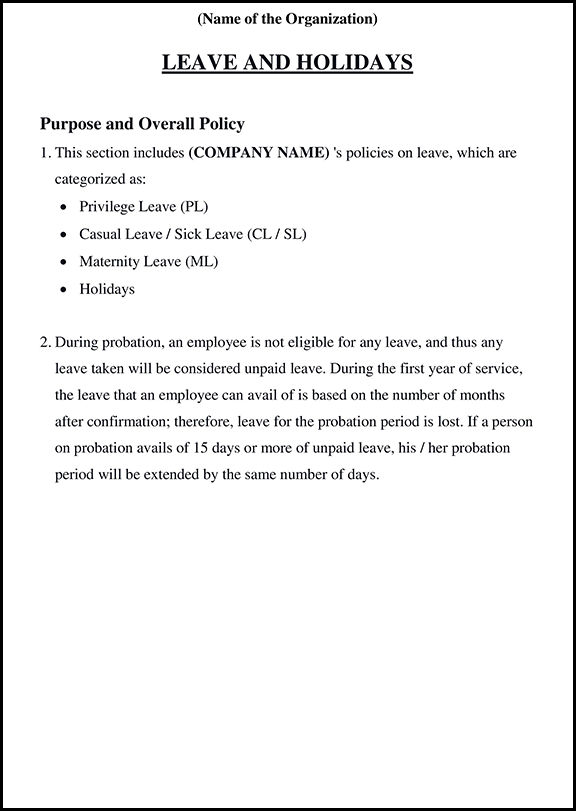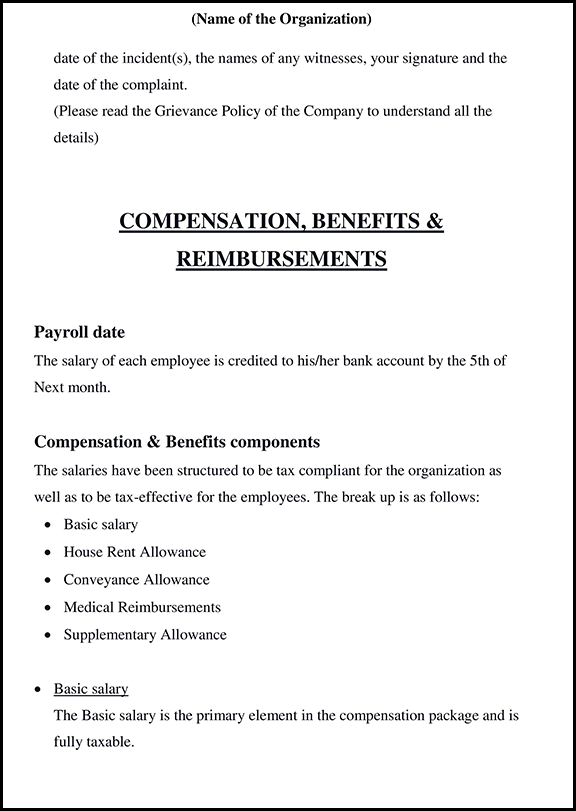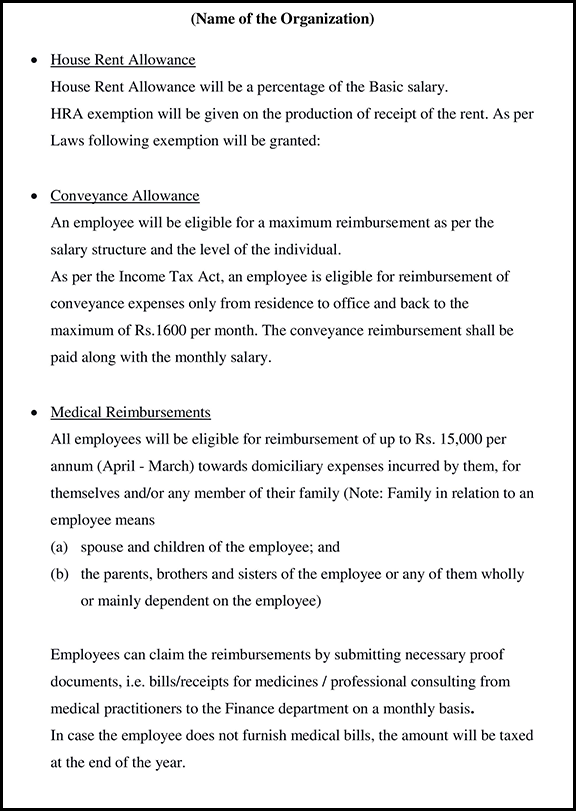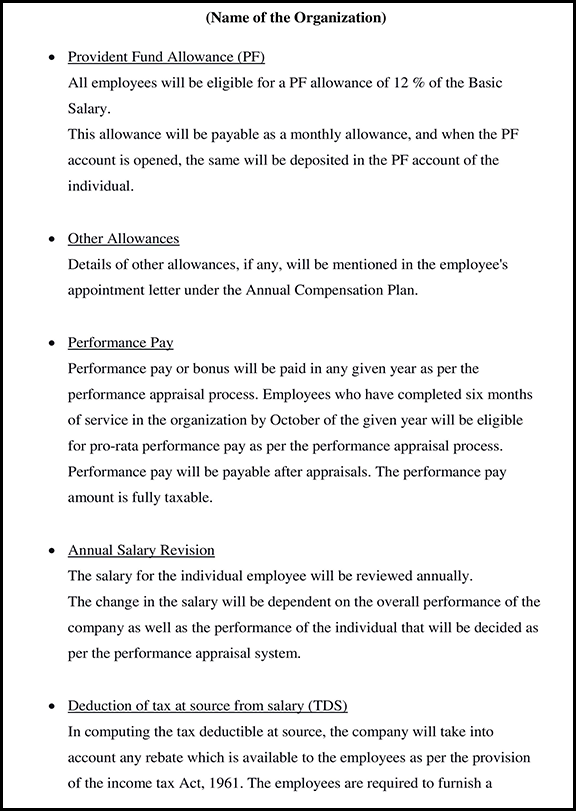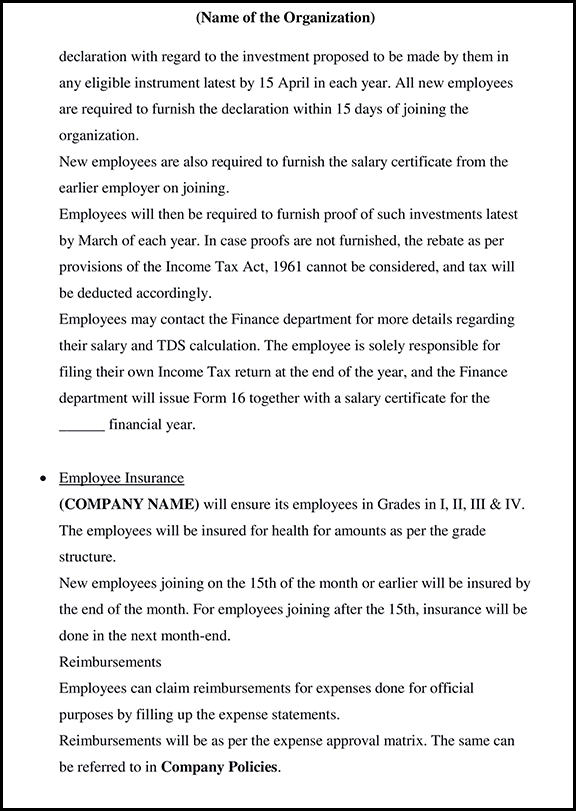
How to Increase Employee Productivity In The Workplace (2023)
What is Employee Productivity?
For a Business and Organization to run well, the most important thing is the performance of Employees. When the employee is satisfied or happy, it will automatically increase productivity, and this is exactly what an organization needs to grow its business.
You can make minor changes to the work-life, which will directly improve your performance level in all aspects. The changes you make will lead to improved quality of the work in lesser time. In this process, you will also know about the unnecessary tasks you can eliminate to increase productivity at the workplace.
For example, A company that produces Anniversary cards will want to know how many cards a single employee can make in single a day. The number of cards would be the employee productivity level.
Every organization should make it a priority to look at how they can improve the individual’s quality and productivity to achieve a significant level.
Definition: Employee productivity can be defined as the amount of work delivered by an employee in a specific period. As a manager, it’s essential to understand how much time your employee takes to perform a task. If there come any obstacles or distractions in the ways, it should be solved to increase productivity.
Employee productivity (sometimes referred to as workforce productivity) is an assessment of the efficiency of a worker or group of workers. It is a measure of the employee’s output in regards to its quality and quantity.
The productivity of a given work is often assessed in relation to the average of other employees doing similar work. It is an important metrics for any organisation as a lot of any organization depends on the productivity of their employees.
The Importance of Employee Productivity
The main aim of any business is to make profits. We all know that any business largely depends on its employees. Therefore, it is no surprise that for a business to be well-oiled employee output should be maximized.
1. Increases the company profits, and in turn, helps the growth of the company.
2. Helps the company survive or even thrive in competitive markets
3. High employee productivity helps the company meet consumer demands
4. High employee productivity reduces costs as well as saves time and resources of searching for more employees for a similar role.
5. Now that we understand the importance of Employee productivity let us see what we can do to improve it in our own organisations.
9 Fast Ways to Improve Employee Productivity.
1. Conduct an Employee Survey
2. Consider Offering Flexible Working Hours
3. Technology and Tool Updates
4. Increase Employee Engagement
5. Make the Environment Suitable For Working
6. Encourage Healthy Life Choices
7. Reward Employees Based on Their Performance
8. Employee Communication
9. Focus on Bottom Level Employees Too
Best 9 Strategies to Improve Employee Productivity In The Workplace
1. Conduct an Employee Survey
First, start with an audit of what works and doesn’t work for the employees. Discover the roadblocks and the issues pertaining to the employee’s productivity. Understand what motivates them and what keeps them from being more productive and also, will help you understand which techniques you should focus more on.
A Few Questions That You Can Ask Are:
(A). Are you happy with your job?
It is no secret that happier employees are more productive. (add link or study)
(B). What motivates you to be better at your job?
You will never know if you don’t ask.
(C). Rate your work-life balance from 1-5 (1 being the lowest)
It is crucial for the employees to have a good work-life balance and also, helps them build a more rounded life and will help their productivity.
Check out our article about the things that you should keep in mind while creating a work from home policy.
The idea behind StartupHR Toolkit is to make HR documentation an easy and quick process. 😃
Just check out our happy customer 😉 giving their whole heartedly feedback to our product StartupHR Toolkit 😊
2. Consider Offering Flexible Working Hours
Best Buy saw a 35% increase in their employee productivity due to their flexible work program. It was found that allowing employees to have flexible work hours or allowing employees to work from home at least part of the day helps boost their productivity. Depending on their job roles you can start experimenting with a handful of employees and measure the results.
3. Technology and Tool Updates
Hiring the best talents is only half of the battle for creating a healthier organization. However, if those talented people don’t have the right tools, it can severely hurt their productivity. Several companies still use Windows XP even though the support stopped in 2004. Working with slow and outdated technology can be extremely frustrating and can reduce the productivity of even the best of employees.
With a steady growth of technology every year, updating necessary tools has become extremely important. It is required to allow business processes to continue running smoothly.
Time trackers, payroll and more can be seamlessly automated. Giving employees good software to work with can definitely help improve their productivity.
4. Increase Employee Engagement
Though the terms of employee engagement and employee productivity sound different, they, in fact, are closely linked to one another. It was found 80% of employees would be more willing to put in extra hours to get things done if their employers are more empathetic. It also found that organizations with high employee engagement outperform those with low employee engagement by 202%.
Some simple ways that you can increase your company’s employee engagement is are:
(A). Rewards visibility
If an employee has done something incredible, you must do your best to help make their achievement visible. Write about it on the company platform, mention it in a team meeting or more. This is a simple way to increase employee engagement.
(B). Shadowing
Shadowing is a simple act of allowing a new joiner to shadow a senior member to understand the workings of the company. This will help the new joinee not only understand how to do the work practically but will also be able to better grasp the work culture.
(C). Work Towards Philanthropy
Working towards a noble cause can truly encourage employees to participate. Improving someone’s life or building a better environment for others can surely help employees bond and truly work with each other without competition.
To learn more ways to increase your company’s employee engagement read our article Employee Engagement-The Complete Guide
5. Make the Environment Suitable For Working
The environment that a person works in has a huge impact on their productivity levels. It is the roles and responsibilities of HR to create work environments in the office. The noise levels and even the lighting in an office have an effect on the productivity of an employee. Make sure the office environment is clean and comfortable to work in.
(A). Reduce noise levels
In a 2011 study by Cornell University, it was found that office workers exposed to higher levels of noise had higher levels of epinephrine stress hormones compared to those in quieter environments. Therefore, make sure the noise levels in the office are lower than 60 to 65 decibels. A study by the German Association of Engineers specified that noise below just 55 decibels should be maintained for intellectual tasks.
Therefore, ask the company’s employees to maintain a check on their sound levels.
(B). Adjust lighting to the optimum productivity level
Good lighting is important not just for employees to be able to see what they are doing but to also helps them avoid eye problems. In a 2014 study by Northwestern Medicine and the University of Illinois at Urbana-Champaign, Observation says that workers exposed to higher levels of natural light slept better and longer at night, and were more physically active. In comparison to workers who were not exposed to natural light in their workplace.
(C). Set the right temperature
Low temperatures in the office force employees to be out of the office to warm themselves up. High temperatures make the office environment uncomfortable and filled with odor. Make sure that the office isn’t freezing cold or too hot. Having the right temperature for the office is extremely important to keep employees productive.
6. Encourage Healthy Life Choices
Healthy employees mean better productivity. Encourage your employees to have daily physical activities. Team building activities and encouraging employees to compete internally is a good way to motivate the employees to be physically fit. You can even include office gyms and encourage employees to use it in the morning or during breaks.
You can even make sure there are healthy eating options available in the cafeteria at a decent price. This can act as a push to help employees build healthy lifestyles.
7. Reward Employees Based on Their Performance
Rewarding employees not only motivates the employee who is rewarded but also motivates other employees to achieve that goal. Fair and just rewards should be given to employees on the basis of their work and not their seniority level and also, this will motivate employees to work hard as they will stand to benefit from it. The reward can be monetary or non-monetary.
Common Types of Monetary Rewards Are:
(A). Bonuses
(B). Salary raise
(C). Gifts
(D). Promotion
Common Non-Monetary Rewards are:
(A). Information – Rewarding an employee by guiding them in a certain way is a great way to help an employee to shine further.
(B). Public appreciation and recognition- Appreciating the employee in front of other employees can truly help build the employee’s self-esteem and they hunger for more appreciation
(C). Trust/ empowerment – Show the employee that you trust them with important tasks.

8. Employee Communication
Communication is a two-way street that truly helps build trust between the employee and the organization. Communication with employees doesn’t always mean sending a standardized newsletter to the entire organization. Having open channels of communication is even more important. Poor internal communications are strongly linked to low employee motivation, performance appraisal, and engagement. Furthermore, open communication saves time and allows employees to be more productive. Therefore, to improve your company’s productivity it is important to improve the communication between employees, managers and the senior members of the organization.
9. Focus on Bottom Level Employees Too
Another common mistake we often see HR departments make is to focus on the management teams. Often a lot of attention and effort goes into motivating and increasing the productivity of the management team. However, it should be noted that the bottom-level employees also play a critical role in determining the productivity of the enterprise.
It is important to measure the current employee productivity of an organization before working on improving it. There are different ways to measure employee productivity of an organization but the following are the most basic elements that can be used to measure it.
1. Speed and Efficiency
The speed at which an employee performs is an important measure of their productivity. It shows their ability to manage time efficiently. There should be a balance between the quality of work that an employee does and the time it takes for them to do it. If an employee is able to give good quality work in a short amount of time then the employee’s productivity will be high.
2. Quality of Work
The quality of work that an employee puts out is extremely important. This can also be compared to the colleagues of the employees. If the employee’s work requires more changes and the employee requires more guidance then the employee won’t be seen as being very productive. Furthermore, the quality of an employee’s work should also be seen in regard to the time the employee took to complete the task.
3. Dependability & Consistency
An important measure of an employee’s productivity is where they are dependable as an employee. If an employee is given a task how likely is it for them to complete it in the right manner? If the employee is consistent with their work and the output then that can be factored into their productivity.
4. Establish a Baseline
Having a set baseline for employees can help give an equal measure of an employee’s productivity. This will help set the ground for their work and will help you understand their output in relation to the baseline set. For example, a sales employee can be asked to close 5 sales in a day. However, if the employee manages to do 10 sales in a day then that means that the employee is highly productive.
5. Carry out a Client Survey
Poor employee productivity will ultimately affect the company’s clients. Therefore, it is a good idea to measure an employee’s productivity through the client’s feedback. This can help you understand the quality that the employee puts out in relation to the satisfaction of the client. Thereby, giving you an accurate measure of the employee’s productivity.
In conclusion,
It is not easy to boost the employee productivity rate with simply one or two techniques. Increasing an organisation’s employee productivity rate is a continuous process of building better environments, good connections with the employees and understanding their concerns. What truly helps is building policies that encourage you to audit the work environment and build up employee morale as a continuous method of improvement.
Implementing the perfect productivity plan is not an easy task. However, it is necessary. The current focus on employee productivity gives Human Resource leaders a unique opportunity to create better work environments, implement more techniques and help teams put out their best work.
Join a Community of 1,00,000+ HR Professionals




